
Back in October 2016 we wrote about a revolutionary new campaign being launched by Refinery29, Getty Images and Lane Bryant called ‘See The 67’, which was a deliberate and conscious effort to change the way media and advertising create and display narratives around women’s bodies.
We often talk about the need to evolve in the way we think about body image, and because media, advertising and fashion are such powerful vehicles in shaping and creating ideals, a large part of the responsibility falls on these industries to examine their own campaigns, messaging, and imagery.
Being one of the most popular lifestyle websites for women, having Refinery29 lead the way on this issue is massive. Getty Images, being the world’s largest photo service, to have Getty Images on board is a crucial piece of the puzzle. One of the biggest reasons (or excuses, depending on which way you look at it) certain companies or publications continually use the same type of images again and again is because they believe diversity in stock libraries doesn’t exist.
Note to all those using that excuse – Getty has now ensured you no longer have that problem! Since launching ‘See The 67’, Getty Images has released a new collection titled ‘No Apologies’ collection, a curation of images designed to evolve the conversation and action around accurately represent women’s bodies, diversity, and the experiences that women face in their everyday lives.

Available for editorial use, the images in The No Apologies Collection are diverse, unapologetic in their authentic depictions of traditionally taboo topics such as health and sex. Getty Images has been no stranger to being a champion of repicturing the way women are represented in the media and in advertising, partnering with LeanIn.Org with the Lean In Collection – their most successful image collection to date.
The partnership will roll out four themes over the year, covering a wide-range of topics such as unique beauty, inclusive fashion, sex and intimacy, and women’s health, aiming to visualize a broad spectrum of the female experience. The first theme focuses on Expressive Beauty, seeking to provide beauty imagery that is nontraditional, irreverent, and includes of various depictions of what is considered beautiful. We had an opportunity to speak to Pam Grossman, Getty Images Director of Visual Trends, who shared in depth why a more accurate and diverse representation of women’s bodies especially is important to them.

Getty Images worked with Refinery29 to first launch the 67% campaign, what has been the response so far?
The 67% Collection is still quite new, having been announced only in October, but so far we received an overwhelmingly positive response from both the media and from women overall. We’re so happy that it’s resonating with so many people. It’s time that everyone see themselves reflected in imagery, and we’re proud that this project is a meaningful step in that direction.
What were some of the main reasons you decided to expand, and launch the “No Apologies” campaign?
The No Apologies Collection was actually the creative result of my first meeting with Piera earlier last year. Getty Images has always been an advocate for catalyzing the role imagery can play in smashing stereotypes. With Refinery29’s commitment to diversity and our motivation to take these social conversations further through our visual content, we quickly realized we were ideal collaborators.
With the No Apologies Collection, we can address all sorts of important topics, from body diversity to inclusive intimacy to sexual wellbeing, and shine a light on them. Women are talking about these things with far more openness and shamelessness than ever before, and demanding that the images around them reflect themselves and their values. And it’s not just the audience conversation we’re seeing change.
Our customers are evolving, too. At Getty Images we’ve seen the demand for authenticity and body positivity in particular grow exponentially with search terms like ‘unfiltered’ rise by 219 percent and ‘real bodies’ increasing by 147% on our site over the past twelve months.

The collection released with LeanIn.org has been your most successful to date, why do you think it has resonated so well?
The Lean In Collection was a monumental success, going from 2500 images at launch to over 13,000 images today that have been licensed in over 70 countries. Lean In not only addressed a huge gap in marketing and advertising industries in terms of the way women were visually represented, but provided alternatives that allowed women to see themselves as they truly are today.
It struck a nerve because it rejects gender clichés and shows women with agency, confidence, and power. These are images that celebrate women as the protagonists of their own story, rather than ancillary objects. They have changed the visual narrative, and it’s been an impactful and exhilarating project to be part of because of it.
What is it about visual imagery that shapes our culture and perceptions of people?
Imagery is the universal language. Today, thanks to smart phones and social media, one must be fluent in this language in order to communicate ideas with efficacy. And we know that the brain processes pictures tens of thousands of times faster than it processes text, so imagery leaves an instantaneous impression – and we’re now surrounded by more images than ever! So we need to be very mindful about the images we create and consume.
I believe putting images out in the world that celebrate the vast variety of human appearances and lived experiences is the quickest way to normalize so-called “differences” and to open people’s minds. Images help reflect our world, but they also help us to envision new, more inclusive possibilities.

Why it is important to dismantle the narrow trends that have for too long contributed to harmful ideals around women’s bodies and aesthetic especially?.
Imagery is powerful. The way women are often represented in the media today is not only unrealistic but it doesn’t resonate with a vast majority of the female population. At its worst it is harmful, for it promotes the idea that the only acceptable option for women is to be perfect, pretty, thin, able-bodied, straight, white, and totally passive. It limits what men and boys expect from the females in their lives, and it limits what women and girls expect from themselves.
By creating and actively promoting alternatives to this via imagery, we show that women can do and be and look like anything. That it is all not only OK, but welcome. And this means that women can feel more comfortable owning their power and their unique skills and perspectives. And when women do that – when they feel that they are not only acceptable, but thoroughly seen and celebrated, they are more likely to stand up, speak up, and change the world.

How can improved depictions of body positivity lead to more positive conversations about women and marginalized groups’ inherent value in other areas of society?
When you are rendered invisible by the media you consume, it makes you feel as though you have less worth. Our goal is to help people of all genders, ages, races, sexual orientations, and body types and abilities be seen and spotlighted in imagery, so that in their own lives they feel valued and strong.
It is exhausting and harmful to feel constantly ignored. I want everyone to feel as though they matter, because they do. I want to see everyone’s stories be told, because it’s not only the right thing to do, but also, frankly, because our survival as a species depends on it. We need everyone at the table, contributing their gifts, perspectives, and ideas.
How do you hope the “No Apologies” campaign will allow especially younger generations of women and men to re-calibrate their way of thinking about media and its message?
We hope firstly, that the media will make a conscious effort to be more diverse with their image choices. We hope to see these pictures used by media all over the world, and that decision-makers choose more inclusive images to represent universal topics such as ambition, success, love, health, friendship, and connection.












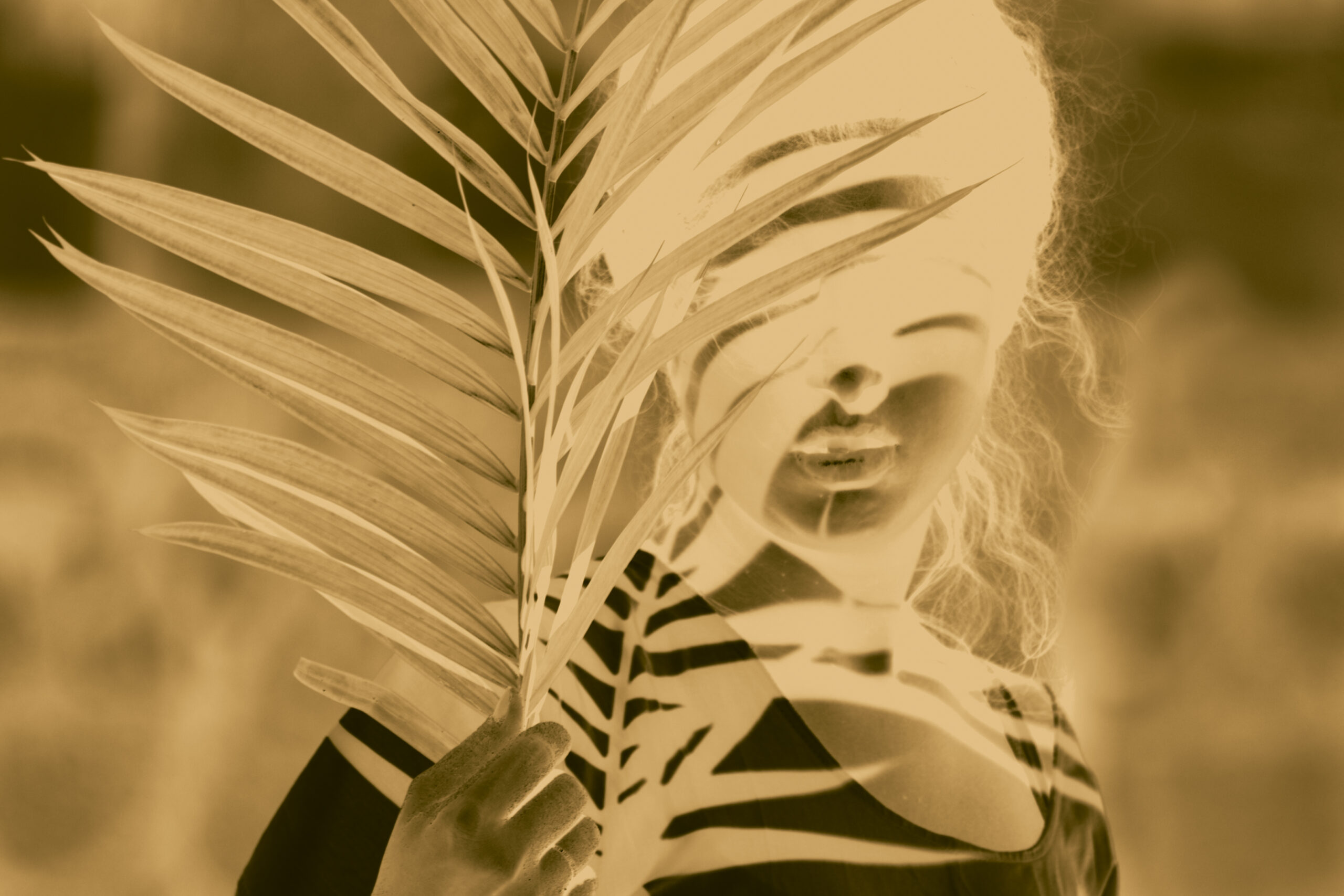
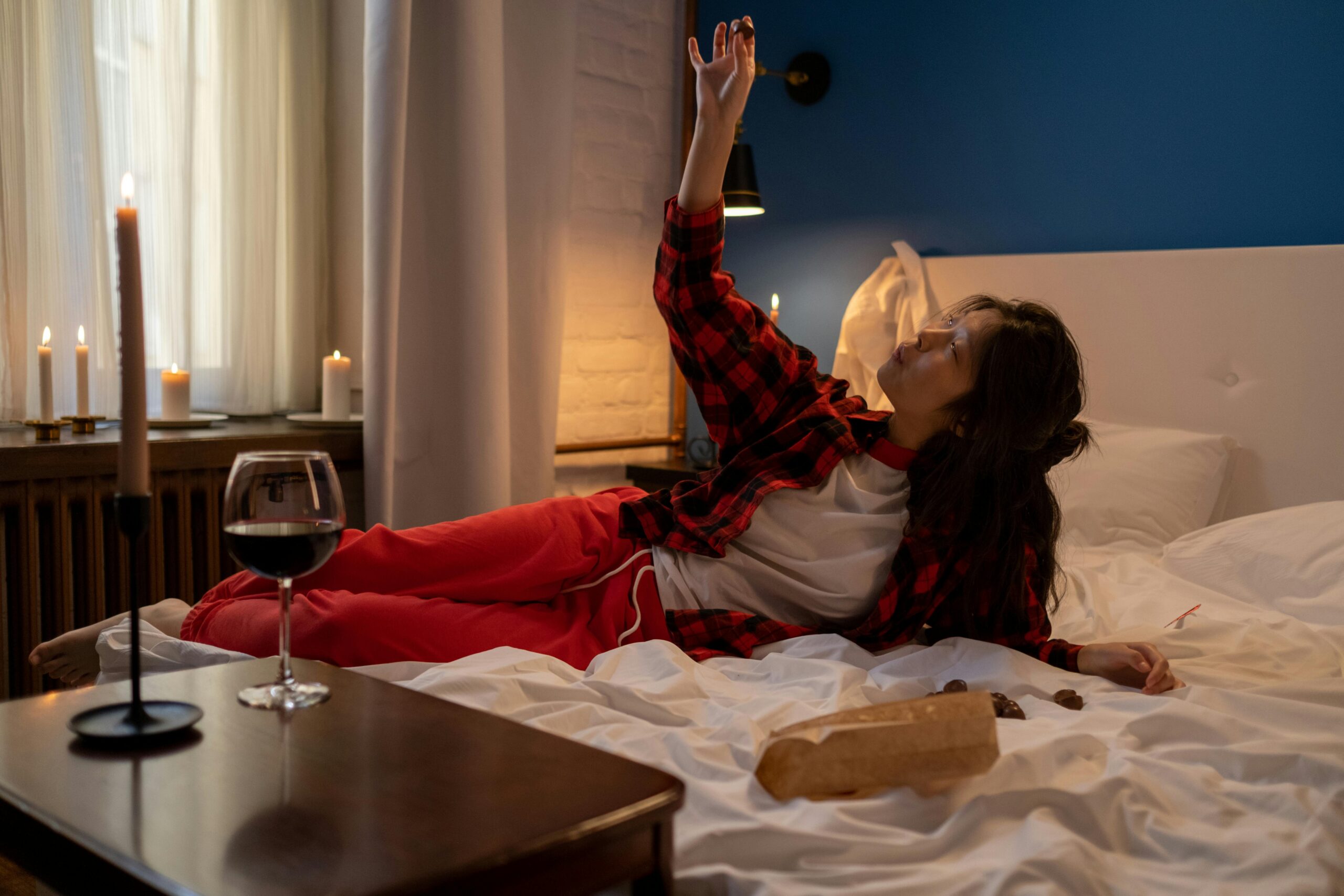
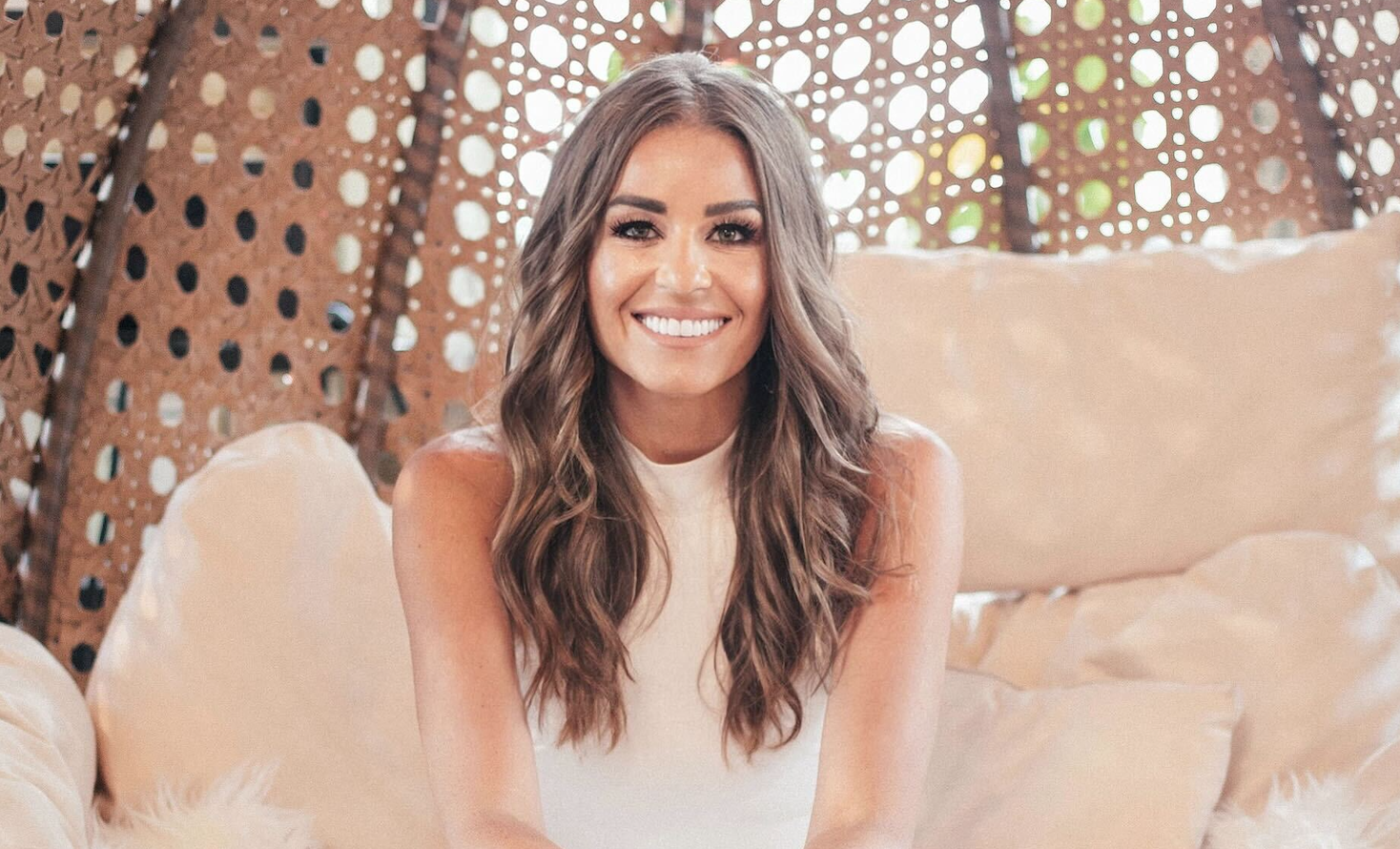
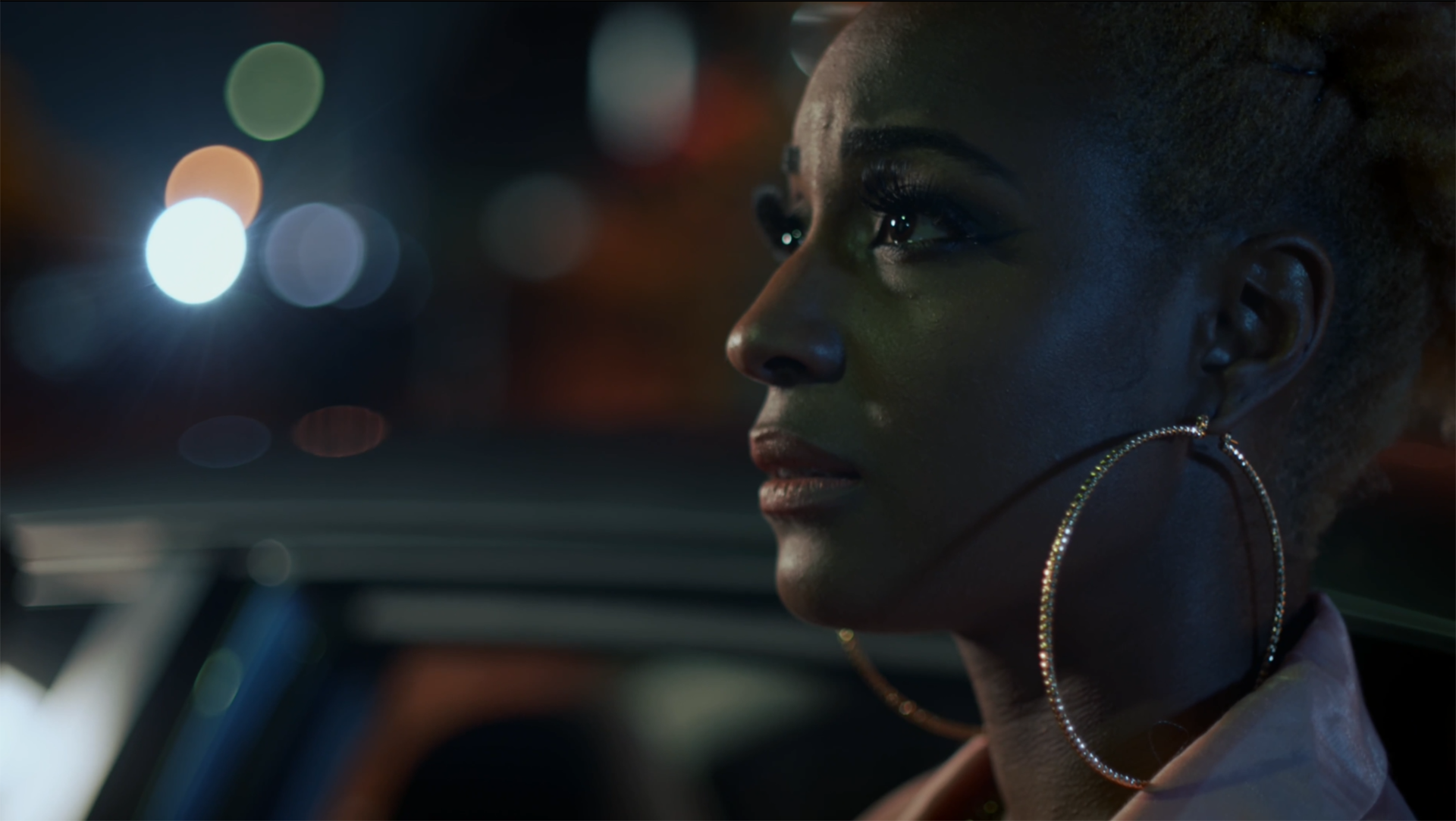
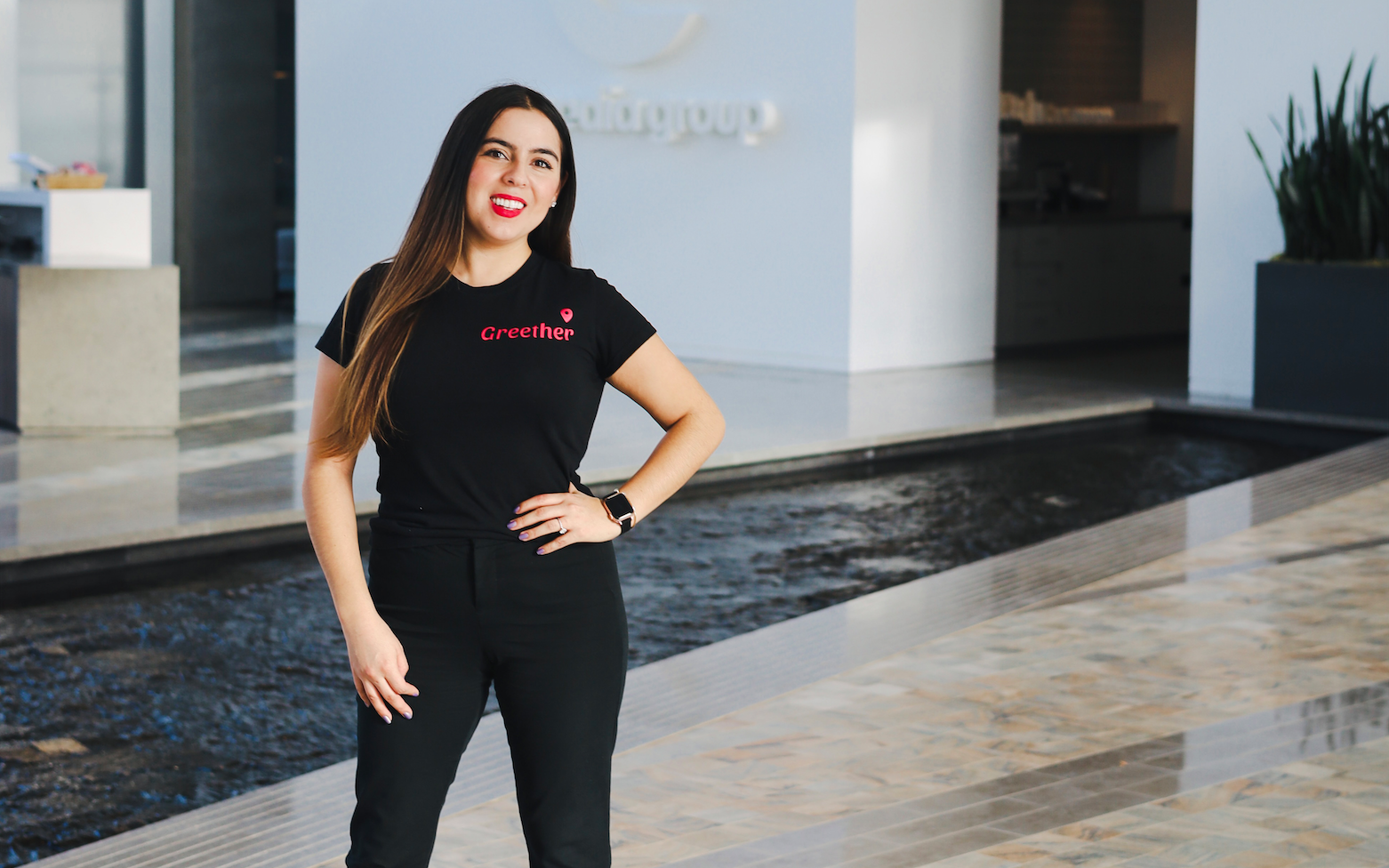
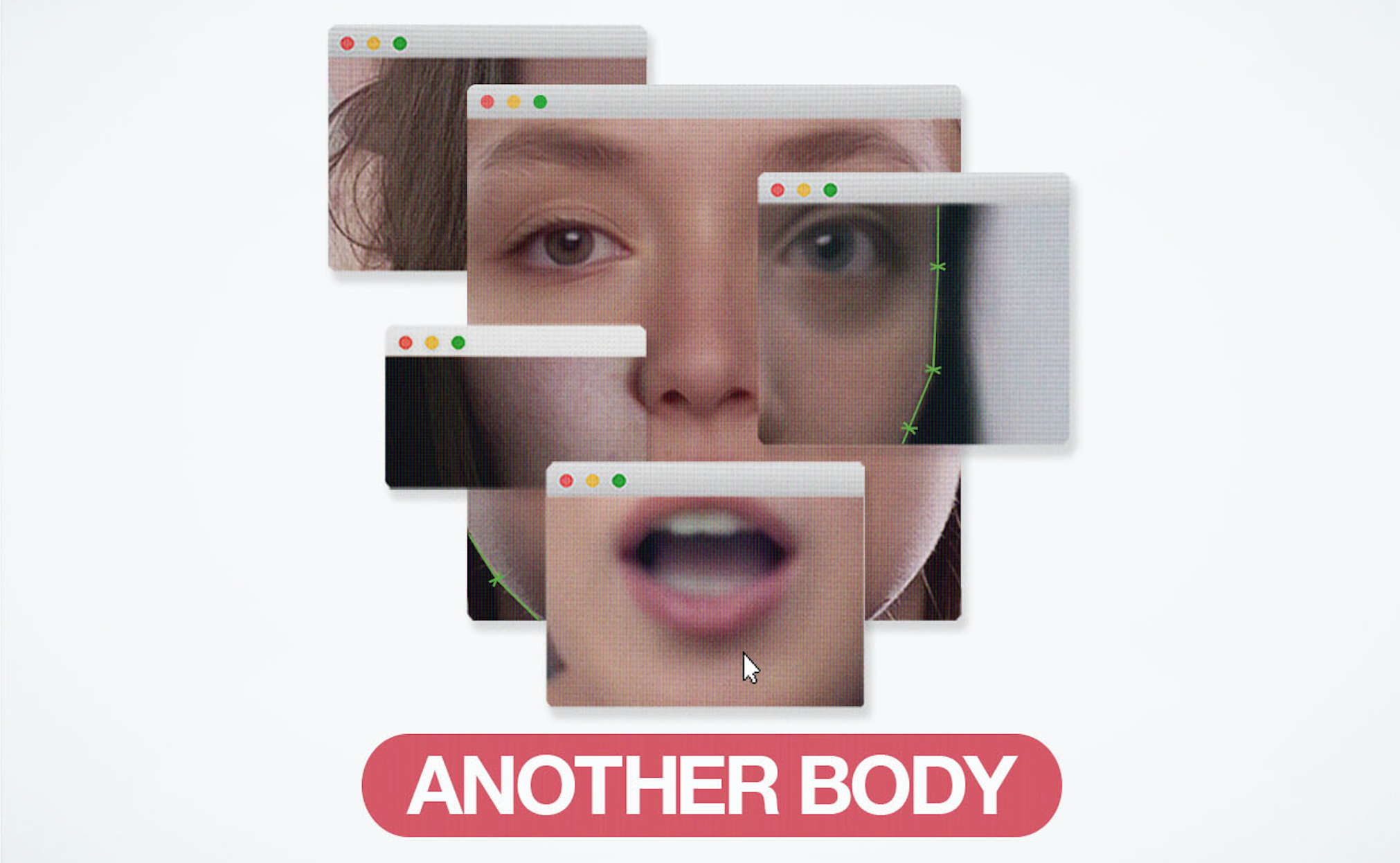
“This is attractive….”
No!